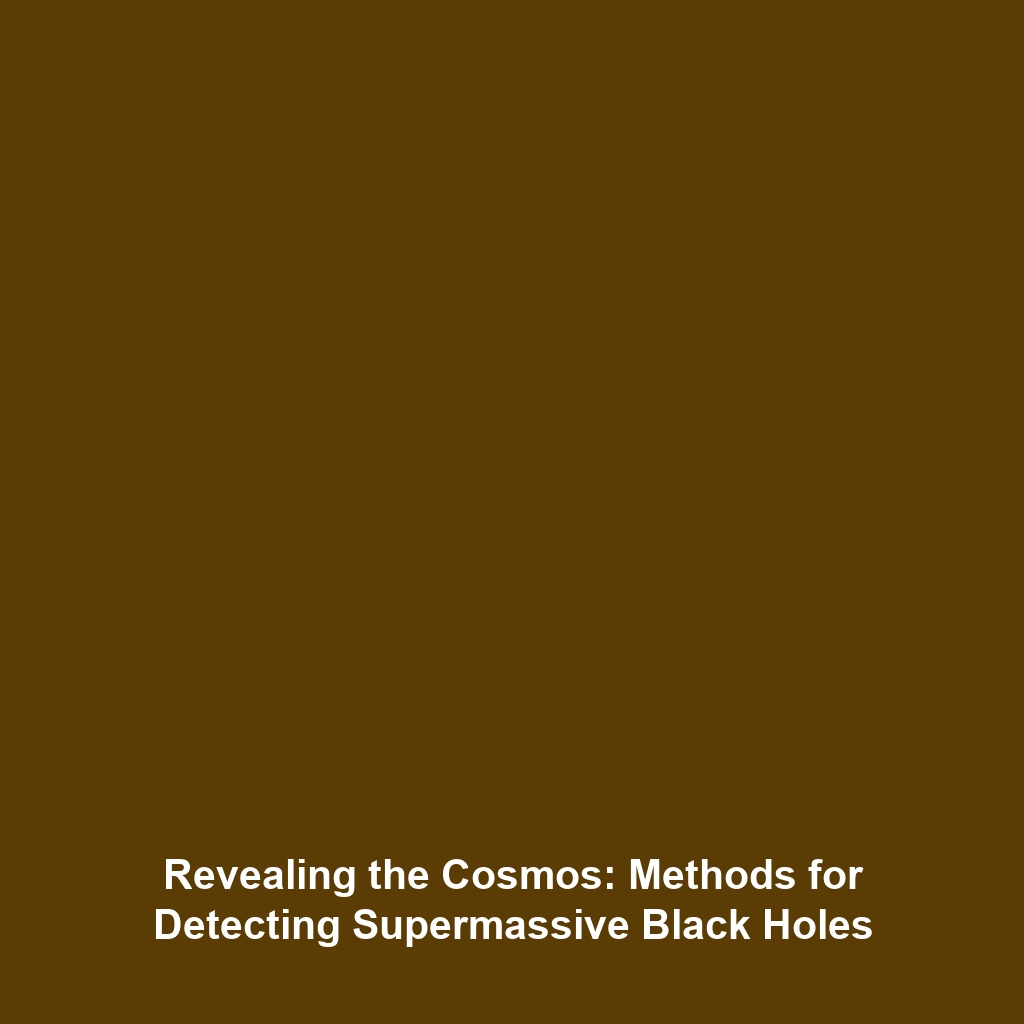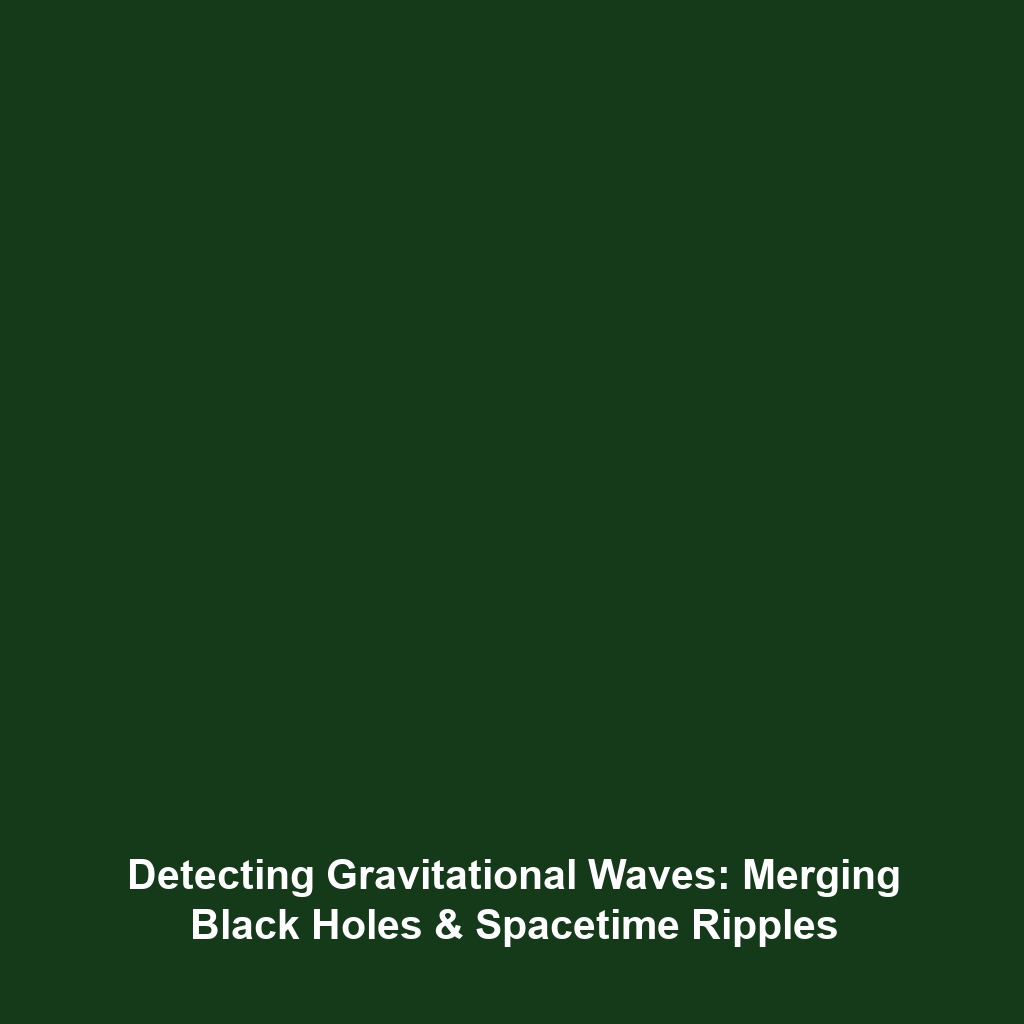Observations of Black Hole Mergers via LIGO and Virgo
Introduction
The observations of black hole mergers through LIGO (Laser Interferometer Gravitational-Wave Observatory) and Virgo have revolutionized our understanding of the universe’s most enigmatic phenomena: black holes. These groundbreaking observations allow scientists to detect gravitational waves, providing insight into the formation and behavior of black holes. As a result, the significance of black hole mergers extends beyond mere astronomical events; they represent a pivotal advancement in astrophysics and our grasp of the fundamental laws governing the cosmos.
Key Concepts
Gravitational Waves
Gravitational waves are ripples in spacetime caused by violent cosmic events, such as the merging of black holes. LIGO and Virgo are equipped to detect these waves, providing researchers with invaluable data to study the properties of black holes.
Black Hole Mergers
Black hole mergers occur when two black holes come sufficiently close to each other, spiraling together and eventually merging into a larger black hole. This process not only releases a tremendous amount of energy but also contributes to the overall mass distribution of black holes in the universe.
Significance in Astrophysics
The ability to observe black hole mergers opens new avenues in astrophysics, helping to answer fundamental questions regarding the origin, evolution, and distribution of black holes. By studying these events, scientists can also glean insights into the nature of gravity and spacetime, a crucial aspect of modern physics.
Applications and Real-World Uses
The observations made by LIGO and Virgo have several real-world applications, particularly in the field of astronomy and astrophysics:
- Advancements in Cosmic Understanding: How observations of black hole mergers enhance our knowledge of the universe’s evolution.
- Technological Innovations: The technologies developed for LIGO and Virgo have broader applications in fields such as engineering and data analysis.
- Educational Outreach: Utilizing the findings from gravitational wave astronomy to inspire the next generation of scientists and researchers.
Current Challenges
Despite the advancements made, there are several challenges associated with observing black hole mergers via LIGO and Virgo:
- Detecting faint signals amidst noise remains a significant hurdle.
- The need for improved sensitivity to observe more distant mergers.
- Interpreting the data accurately to understand the various black hole properties.
- Collaboration across international research teams while maintaining data integrity.
Future Research and Innovations
The future of studying black hole mergers looks promising with several anticipated innovations:
- Next-Gen Detectors: Upcoming gravitational wave observatories with enhanced sensitivity that could detect even fainter signals.
- Multi-Messenger Astronomy: Integrating gravitational wave data with electromagnetic observations to provide a more comprehensive view of cosmic events.
- Artificial Intelligence: Employing AI to better analyze data from gravitational wave events and discern patterns that may indicate new phenomena.
Conclusion
The observations of black hole mergers via LIGO and Virgo have profound implications for the study of black holes, opening a new frontier in astrophysics. As researchers continue to innovate, the insights gained from these cosmic events promise to unravel further mysteries of the universe. To learn more about related topics, check out our articles on black holes, gravitational waves, and future developments in astronomy.
This article provides a comprehensive overview of the observations of black hole mergers via LIGO and Virgo, structured in an SEO-optimized format with thoughtful incorporation of relevant keywords and concepts for better search engine visibility.








